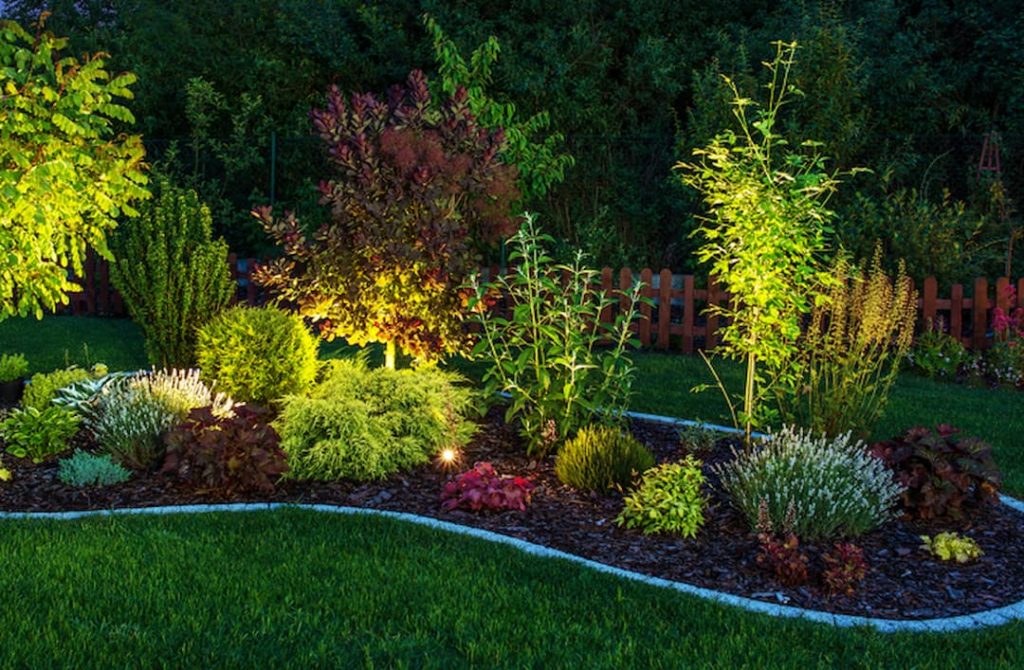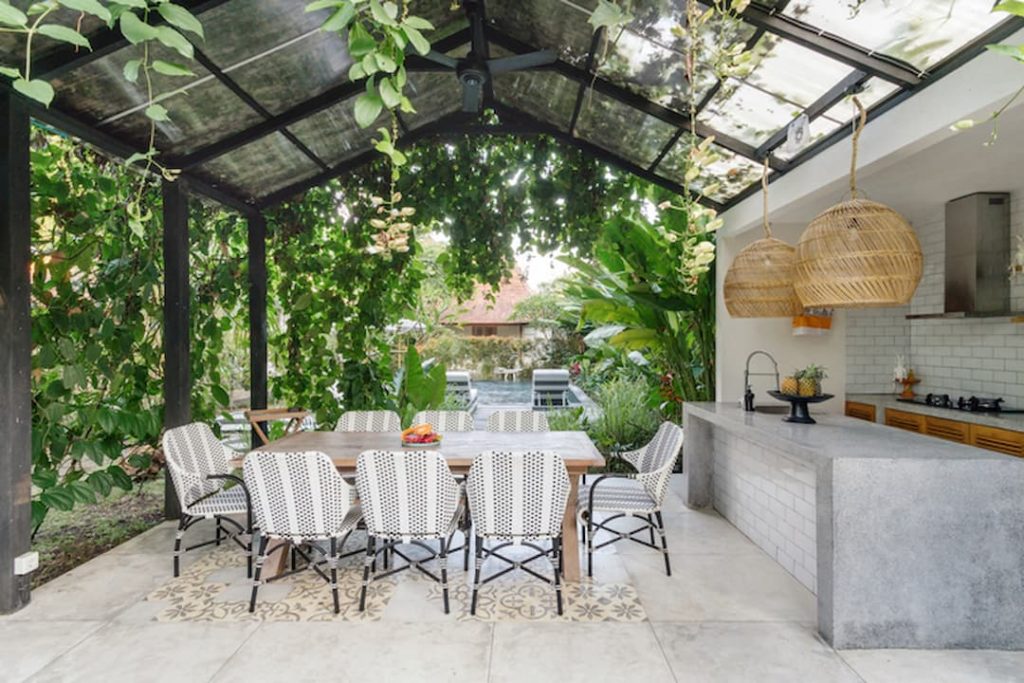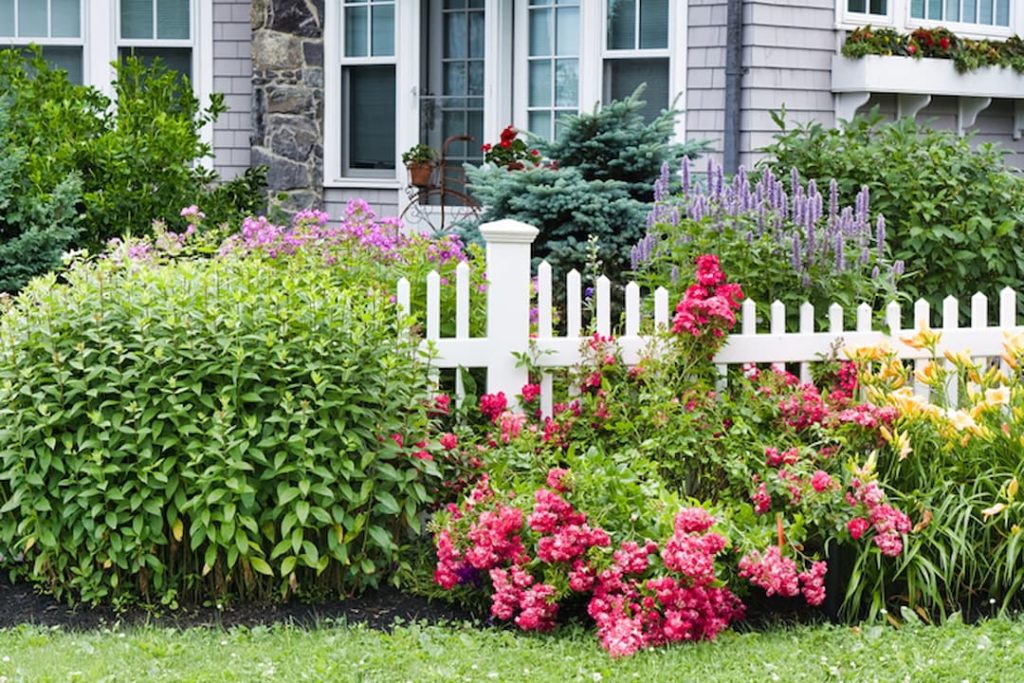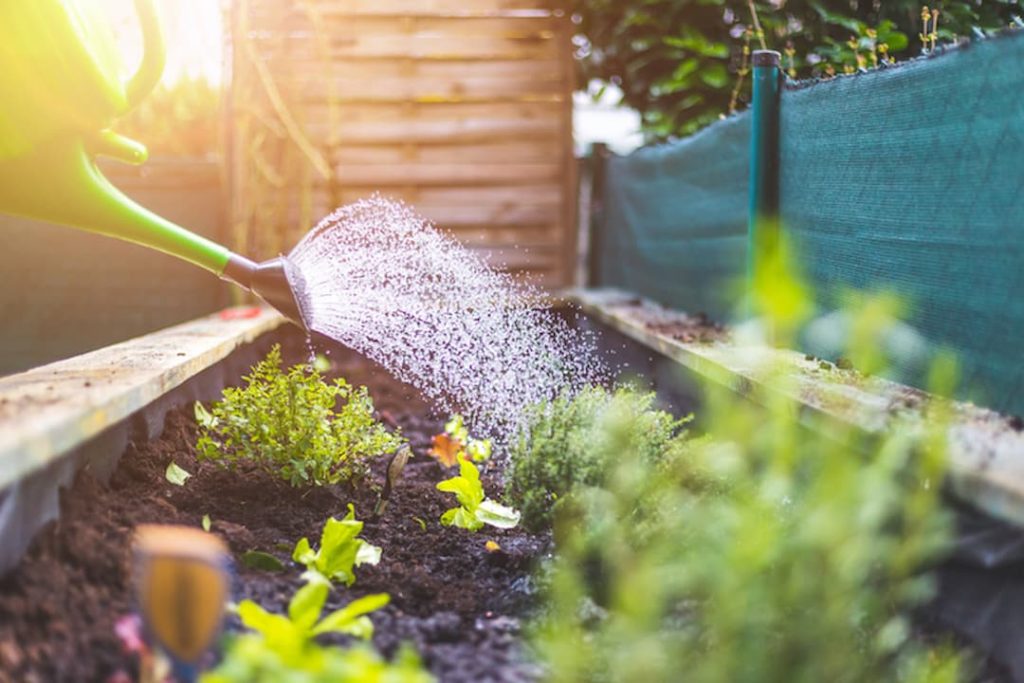Using DynaScape Design to Create Backyard Designs for the Future
After more than a year of being confined to our own homes, our backyards have become our escape. A vacation destination right outside our own back doors. So, it is natural that landscape design has been at the forefront of people’s minds. In fact, 16 million Americans have taken up gardening, with many more spending at least 2 hours a day in the yard, according to Garden Media’s 2021 Garden Trends Report.
Outdoor spaces are sanctuaries, and even those who live in city apartments are finding ways to bring a little nature into their living spaces. This means that landscape designers and outdoor architects need to know what trends are influencing homeowners’ choices for their backyards. So, to help them guide their clients, we’ve put together a list of some of the top backyard design trends for 2021.
Unique and Subtle Lighting

Soothing lighting is one of the best methods to help people decompress, and minimalist lighting has been a popular choice over the last year. This might be hidden lighting to illuminate a path or patios with an LED light channel. And the soft tracery of moonlighting and using trees for downlighting not only complies with dark sky ordinances, but it also will never go out of style.
Using subtle light to enhance the textures and curves of your landscape design is a popular trend. With outdoor lighting, it is crucial to combine light and areas of darkness to highlight the spots you want the eye to be drawn to. Your lighting should also improve visibility and make sure garden spaces are still safe to spend evenings in.
You should always try to shield light bulbs and aim them such that the source of the light is hidden. Remember that low-watt bulbs provide more than enough illumination for outdoor purposes, especially when paired with white and silver blooming gardens of gardenias, white roses and camellias, fragrant jasmine, and night-blooming cereus.
Smaller Lawns and Outdoor Living Areas

If there’s one good thing that has come from the lockdown measures of 2020, it is that people have a real desire to do more outside. With adjustments due to social distancing and safe socializing, many have turned their outdoor areas into play areas for their kids and even created outdoor kitchens, dining rooms, and living rooms.
According to the Garden Media report (linked above), many people are making this possible by shrinking the size of their lawns. Some simply have stained or polished concrete floors put in. Others go all out with gazebos or pergolas that can be used as weather-protected areas that are perfect for working, entertaining, and meditating.
With COVID measures closing down public swimming areas, small swimming pools, and poolside entertainment areas are other popular options for homeowners. But according to the annual survey by the National Garden Bureau, 67% of respondents aged 35 and under want some grassy areas, with the rest of their yard being used to house a variety of plants.
Eco-conscious Gardens

Not only are Americans gardening more according to the NGB survey (linked above), but they are also becoming increasingly aware of how their backyard landscaping choices can help with everything from climate change to benefiting local wildlife. Gone are the days of proper English-style gardens full of exotic plants. These days, people are adopting more naturalistic elements in their landscape design and aiming for wildly lush cottage-style gardens instead.
For some, this means choosing plants that require less maintenance and leaving them to grow untouched. This often means incorporating more plants that are native to the area where they live. Not only do these thrive with the rainfall, wind, drought, and sun conditions they’re used to — they’re also the natural choice for local species of animals, birds, bees, butterflies, and other insects when it comes to food and shelter.
The types of backyard landscaping homeowners choose today tend to connect more with the local environment. Ideas include water-wise xeriscapes that incorporate on-site water collection and establishing pollinator gardens alongside small vegetable and herb gardens. Other popular options are planting native trees, using organic gardening methods and plants that are naturally pest-resistant, and even making their own compost at home.
Victory Garden 2.0

There was a time not long ago when gardens were simply ornamental, not intended for anything more than increasing your home’s curb appeal or giving you something pretty to look at while enjoying your morning coffee. These days, every generation is using every square inch of their outdoor spaces throughout the day.
Motivated by the panic buying that dominated the beginning of the pandemic and the fact that they had an unusual amount of free time on their hands, people have a renewed interest in kitchen and vegetable gardens. Potagers that combine kitchen herbs and plants with attractive flowers that also deter the natural pests edible plants are prone to are making a big comeback.
For those with large outdoor areas, this may include paths and fencing that integrate these modern “Victory Gardens” into their landscape. However, those with smaller outdoor areas are learning that container gardening, vertical gardening, and even indoor gardening with potted plants are just as effective when it comes to creating your own edible garden.
DynaScape Design Helps Realize Every Backyard’s Potential
Americans are spending a little more money on their outdoor living areas. This trend will likely go on for some time as remote work policies become more permanent and travel restrictions continue to make long-distance vacations tricky. Landscape designers can help their clients realize the potential of their outdoor spaces.
And with DynaScape Design Landscape Design Software, they can show off this potential with full-color 3D landscape renderings that look hand-drawn and leap off the page to help them win more bids. With our intuitive and easy-to-use software, landscape designers can guide their clients through the process of figuring out the best backyard landscaping style for their spaces, creating activity zones, choosing materials and plants, and more. And all this without the need for hours of work every time a client changes their minds about something.
Contact us today to find out more about our accessible landscape design software and other related services that can help landscape design companies save time, increase sales, and stand out from the competition.